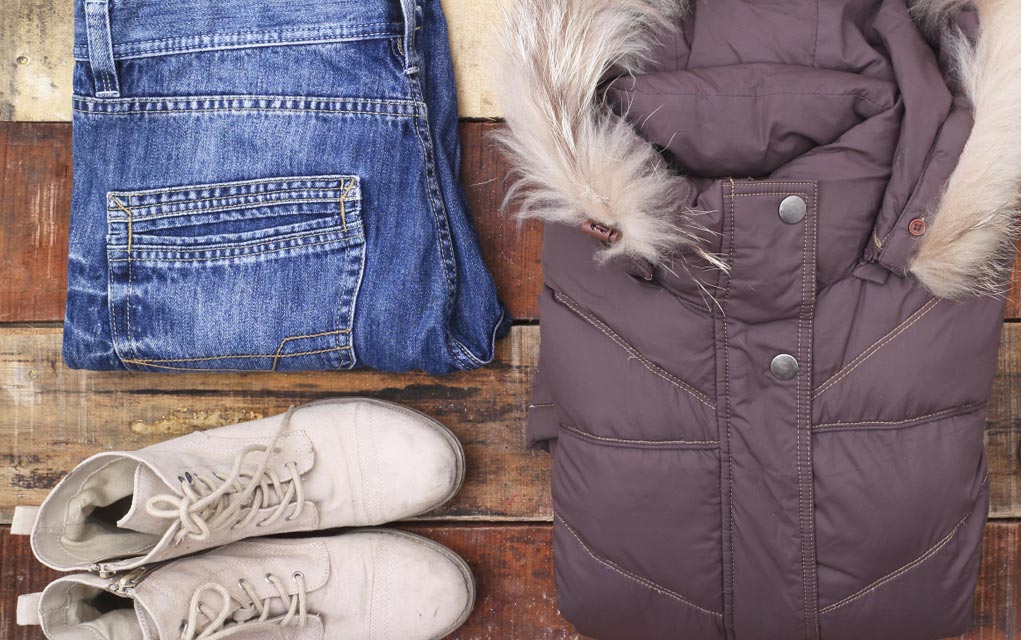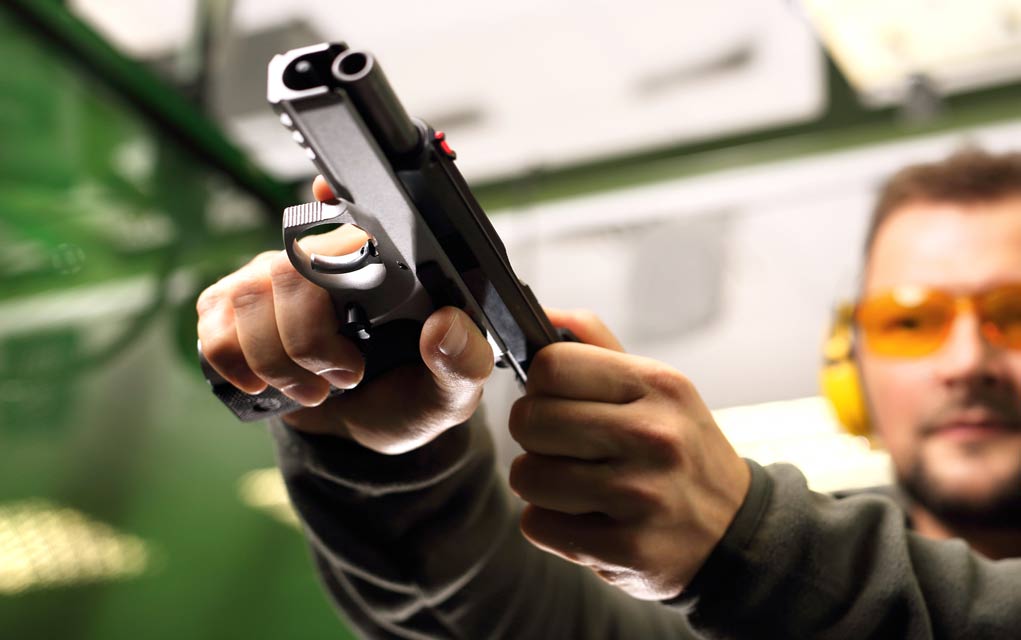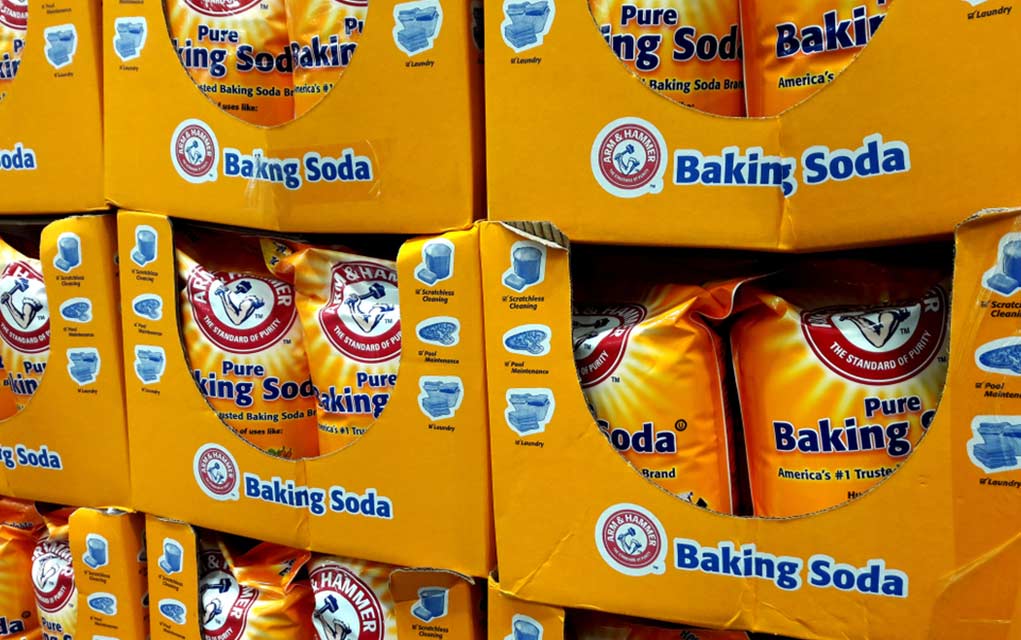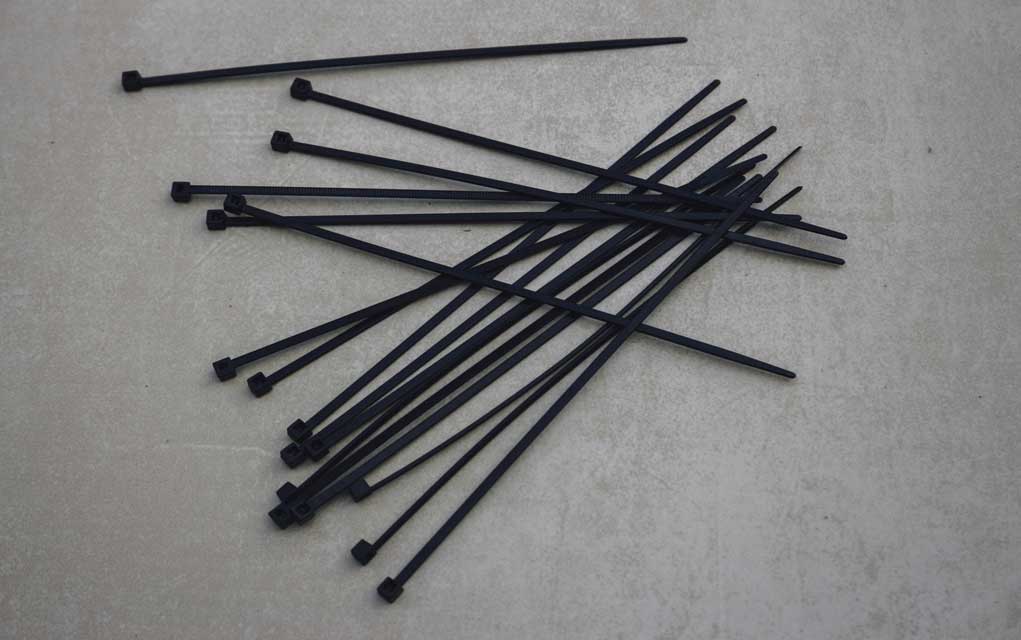(Modern Survival.org) – Each day, when you venture out into the world, your first line of defense against any unforeseen emergency is the clothing you’re wearing. Your clothes shield you from the elements. They also help determine how much attention you draw to yourself as you go about your day. For these reasons, the attire you choose requires careful consideration.
When deciding what to wear, always consider your region, the season, and the weather forecast. You don’t want to get caught in a snowstorm wearing a T-shirt and shorts, for example. If you’re cultivating a survival mindset, you need to be prepared for the worst at all times. Therefore, your attire should always serve a purpose, not just make you look good.
Clothing
From a survivalist perspective, your closet should be more of a tool kit than a simple wardrobe. Every garment should serve a functional purpose, just as every tool in a toolbox has a specific task it’s designed for. With the proper collection of clothing, you can mix and match items to keep you protected from the elements year-round.
The clothing you chose should be suitable for day-to-day wear, and for surviving an emergency situation. It should be able to protect you from the wind and rain, or from the cold and heat. If you intend to go out into the wild, it should serve as a defense against poisonous plants and bugs, as well. For extra protection from the elements, keep a poncho or rain jacket with you, even if only in your car, so that you are ready, should the weather unexpectedly go south.
Decide what to wear each day based on where you’re going, what activities you intend to participate in, and the season of the year. In the colder months, layering is your best bet. With a properly stocked wardrobe, you can adjust what you wear to suit your needs.
When layering your clothing for cold weather, you should have at least four layers:
- Base. Your undergarments, which will wick moisture away from your body. A long-sleeve shirt designed with thumb holes is best, as it will keep the wind from finding its way between your gloves and up your sleeves.
- Middle 1. This should be an insulating layer of wool or polyester to trap your body heat.
- Middle 2. The second middle layer should consist of a jacket with a hood. This will aid the first layer in keeping your body heat contained, thus keeping you warm.
- Outer. The final layer of clothing should be a waterproof, but breathable, material (such as Gore-Tex) big enough to fit over the other layers.
Remember that if the weather warms, you can always shed layers to cool down. But having them available to protect you is a must.
Top 5 Survival Clothing Priorities
- Stay Dry. Wet clothing drains the warmth from your body’s core, putting you at risk of hypothermia in some situations. Water-resistant, or better yet, waterproof clothing is a great option, though it does have a larger price tag than most apparel. Clothing that can release perspiration is also a huge benefit in both hot climates and cold. In cold climates, if you can’t stay dry, you can’t stay warm, so waterproof garments are a must if you’re in a cold region.
- Insulation. The best clothing for insulation tends to be wool or down, though down becomes next to worthless when it gets wet. Wool, on the other hand, can draw moisture away from your body. It will also continue to insulate even when wet, making it the better option of the two materials. Man-made alternatives, such as fleece, are almost as good as the natural options and are generally much less expensive.
- Good Footwear. In a survival situation, your feet become your lifeline, so it is vital they remain healthy. Blisters can develop quickly and will make trudging through the wilderness or an urban environment a miserable affair. Comfortable, waterproof, and broken-in footwear is essential. If you have ever gone hiking in a new pair of boots, you know why. Good socks are also important to prevent blisters.
- Head Covering. Not everyone wants to wear a hat around all of the time. However, in a true survival situation, having one can be a lifesaver, as most of your body heat is lost through your scalp. A hat with a wide brim is arguably the best option, as it will keep water off of you and keep the sun out of your eyes. However, if you have limited options when choosing a head covering, anything is better than nothing.
- Leather Gloves. Second only to your feet, your hands need protection — especially in a survival scenario. You need your hands to perform numerous tasks, from starting fires to building shelters. If you injure your hands, your ability to perform life-saving tasks will be compromised. Not only that, but an infection from a cut or even a splinter can become a life-threatening injury in a long-term survival situation.
Once you have built your tool kit of survival clothes, you are one step closer to being ready to handle whatever life may throw your way. Each day when you step out of your door, you can do so knowing that you are better prepared than your neighbors and coworkers.
To see another reason why the clothing you wear matters so much in a survival situation, check out our article on the concept of the gray man.
~Here’s to Your Survival!
Copyright 2023, ModernSurvival.org













